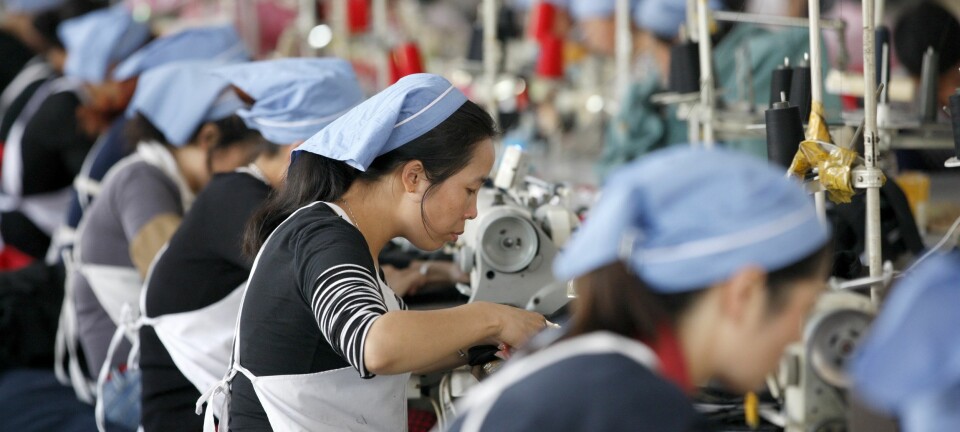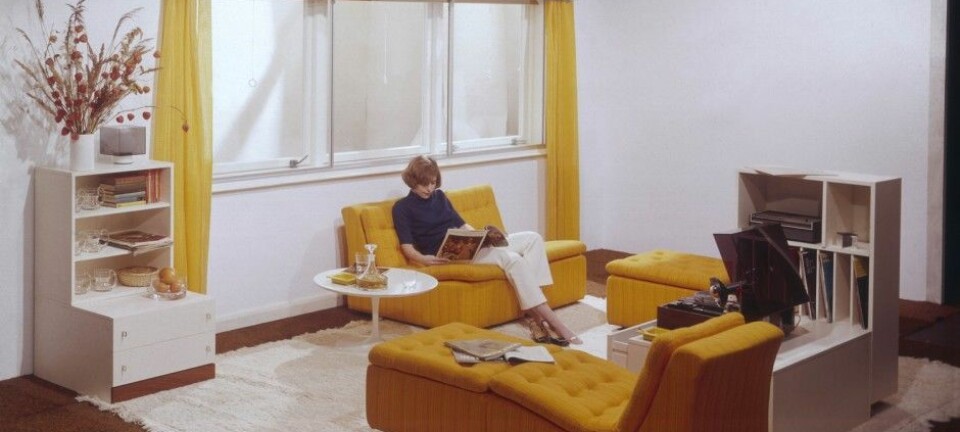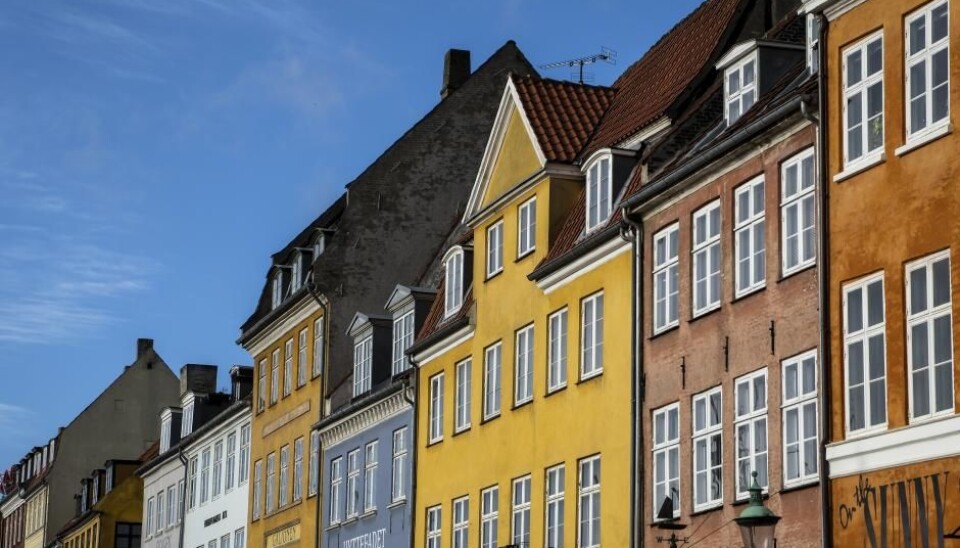
Beautiful buildings are more sustainable
It is not all about energy efficiency. Preserving beautiful old buildings that are functional and use high quality materials is a form of sustainability, say researchers.
Why is it that some buildings stand for hundreds of years, while others are demolished after only being used for a short time?
A group of researchers tried to answer precisely this question in their research project “Sustainable Build Heritage.”
They looked back at 250 years of architecture to identify the features that make buildings last a long time, and are therefore sustainable with fewer CO2 emissions associated with demolition and construction.
Their results were presented at the architecture conference, Robust. The researchers hope that their results will highlight the role of architecture and build heritage in addressing climate change and today’s throw-away society.
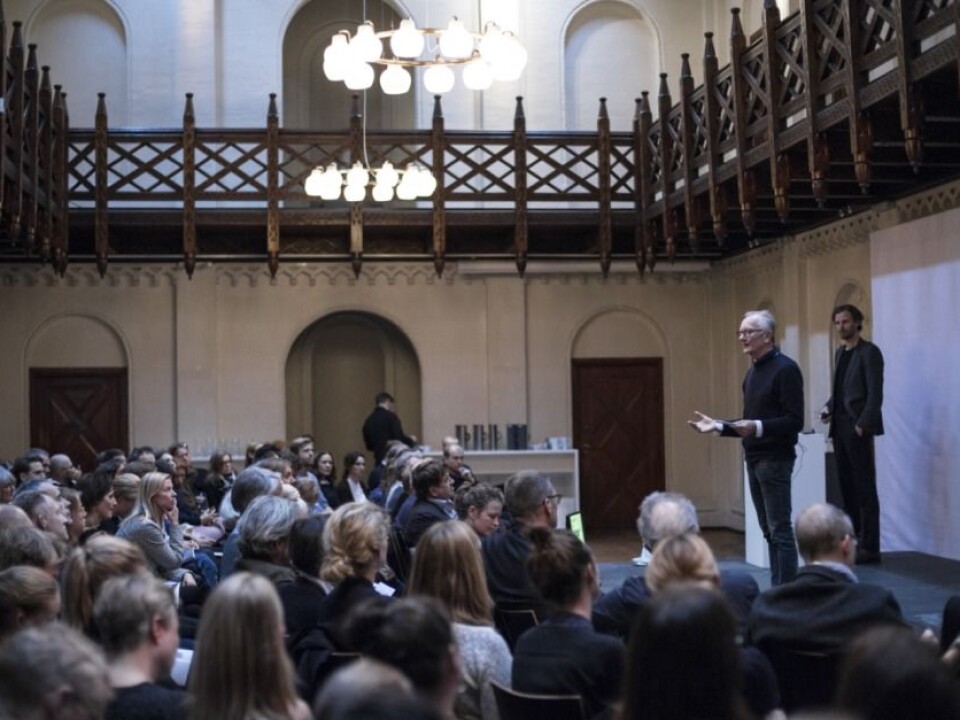
Read More: Changing climate can change building standards
Beauty as a strategy for sustainability
What we consider to be beautiful changes over time. But there are some common characteristics that pass the test of time, says Nicolai Bo Andersen, associate professor at the Institute for Architecture and Culture at the Royal Danish Academy for Fine Arts, School of Architecture.
“The room we’re sitting in now is a gymnasium in an old girl’s school. If the building wasn’t so beautiful, it probably wouldn’t have been worth preserving and we wouldn’t be sitting here today. It’s a good example of how important it is to focus on beauty when we work with old buildings and when we build new ones,” he says during the conference.
“It’s a question of how we experience architecture. A building’s form, colour, proportions, materials, and daylight, directly affect the human body and give a feeling of connectedness to the world. Beauty may be understood as the uplifting feeling experienced through the body and the senses,” says Andersen.

Professor emeritus Niels Albertsen from Aarhus School of Architecture, Denmark, agrees. He was not involved in the project.
“I don’t know if aesthetics are the most important factor. There can be many more reasons as to why buildings are preserved, for example, historical cultural heritage. But within the overall issue of sustainability, it is very important to explore aesthetics in depth,” he says.
Read More: Housing first for homeless people in Norway
Throw-away society dominates
Ph.D. fellow Søren Bak-Andersen is also involved in the project, and presented his own research at the conference: “Old knowledge for new buildings.”
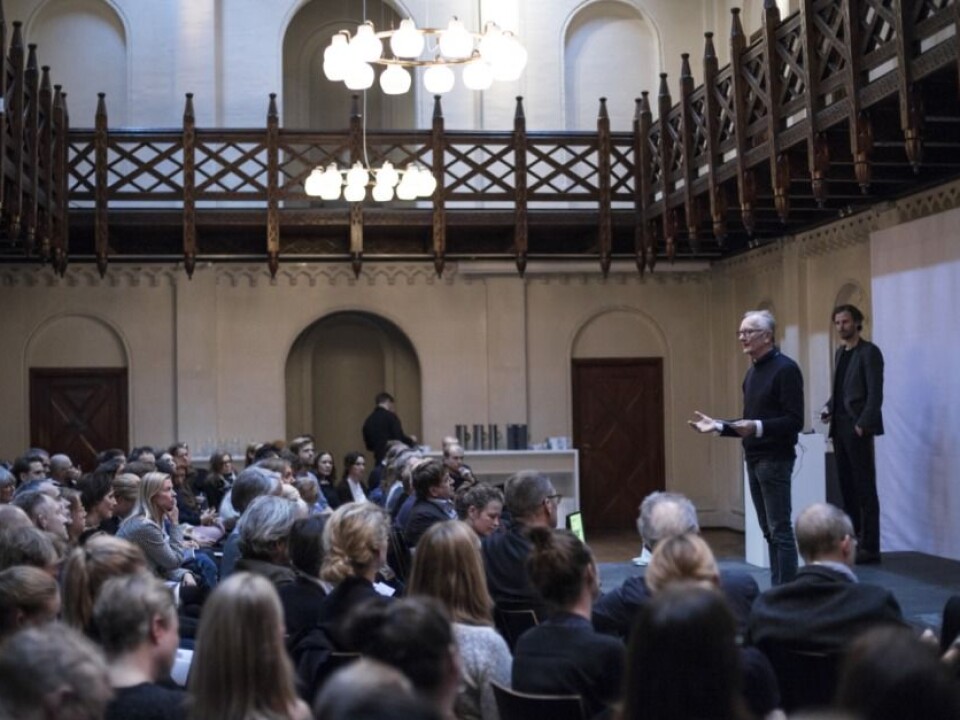
He begins by showing the audience a picture of a demolition machine, which is about to demolish a red brick building with a new tile roof.
“Who chooses to tear down a house with a brand new tile roof? And why did they take the old windows out, but not the new windows on the first floor?” he asks the audience.
The answer lies in the quality of the materials used. It is cheaper to replace some tiles instead of cleaning them and reusing them, he says. While the old windows are generally high quality and worth recycling.
“It’s like buying a cheap mass-produced IKEA lamp. When people don’t want it any more, it is thrown away instead of being sold on. It has no value,” says Bak-Andersen.
Read More: How to nudge consumers to make greener choices
The secret behind Copenhagen’s 100-year-old apartments
Of course many buildings are constructed using high quality materials and are still torn down.
This is not the case for many of the old apartment buildings in Copenhagen, some of which are more than 100-years-old. So what is their secret?
There are many parameters that play a role, says Andersen. One factor is that they remain functional over time.
“Sustainable buildings should be able to adapt a new function or meet the demands of a modern family,” he says.
“It’s interesting how houses built more than one hundred years ago can be adapted for modern life. The ability to adapt is important for their sustainability,” he says.
Read More: Copenhagen's visual history is now available on the Internet
We need to build for the future
According to Andersen, a sustainable house is one that is built from good materials, and is both functional and beautiful.
Albertsen agrees: The important issue (regarding the sustainability of buildings) raised by the researchers has been generally overlooked in recent years, he says.
“Today we focus a lot on insulating our homes so that they can retain heat, which is important in the short-term. But in the long-term, I hope we can reorientate energy production and consumption to be sustainable,” says Albertsen.
“And so it’s important that we’re now studying how building stock, which will be our future building heritage, can be more sustainable,” he says.
----------------
Read more in the Danish version of this story on Videnskab.dk
Translated by: Catherine Jex



